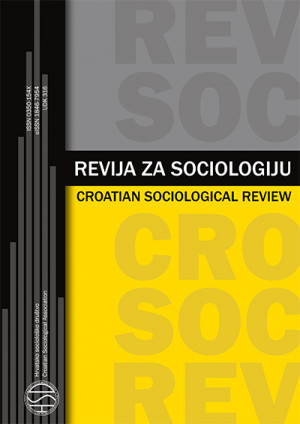Balkan and European? Place Identifications of Young People in Croatia
Balkan and European? Place Identifications of Young People in Croatia
Author(s): Alistair Ross, Saša Puzić, Karin DoolanSubject(s): Sociology, Politics and Identity
Published by: Hrvatsko sociološko društvo
Keywords: place identification; civic and cultural identities; intersectionality; youth; Croatia; Balkans; Europe;
Summary/Abstract: The article analyses how young people in Croatia conceptualise their identities in terms of “place identifications”, a type of social identification that captures membership of a group of people who are defined by their location. It is based on focus group discussions conducted with 68 elementary and secondary school students aged between 11 and 17 in three urban localities in Croatia: Rijeka, Zagreb and Zadar. The concepts guiding the analysis included place identifications, the civic and cultural components of national identity and intersectionality. The study found that students displayed a strong identification with the region they are from through a discourse of stereotypes along the coastal–inland, rural–urban and north–south distinctions. National cultural identities and liminal European-Balkan identities were equally strong providing interesting examples of inclusion and othering. The young people showed a sense of aspiring to be European, of feeling almost European, of being not-quite-yet European, of being “Balkan”. There was a common sense of the Balkan-European divide being a line that stood very slightly to the north-west of wherever the students happened to be: there was Europe, generally beckoning – but they were on a threshold and still leaning towards the Balkan side, described as impolite, quarrelsome, underdeveloped and littered. The study suggests complex and kaleidoscopic identity constructions of young people in Croatia in which different and even opposed elements do not exclude each other but rather coexist in various ways.
Journal: Revija za sociologiju
- Issue Year: 47/2017
- Issue No: 2
- Page Range: 125-150
- Page Count: 26
- Language: English

